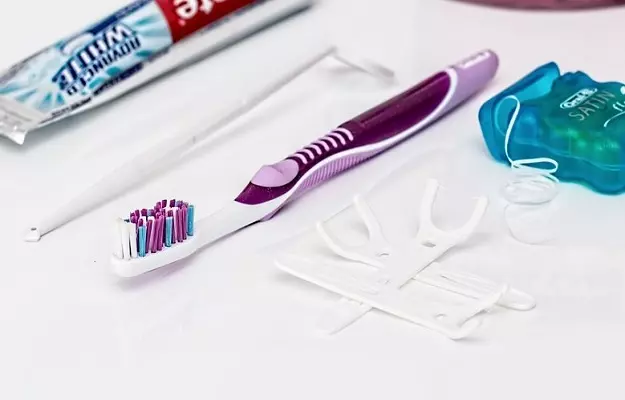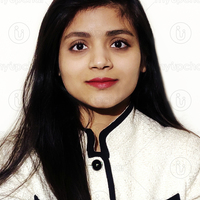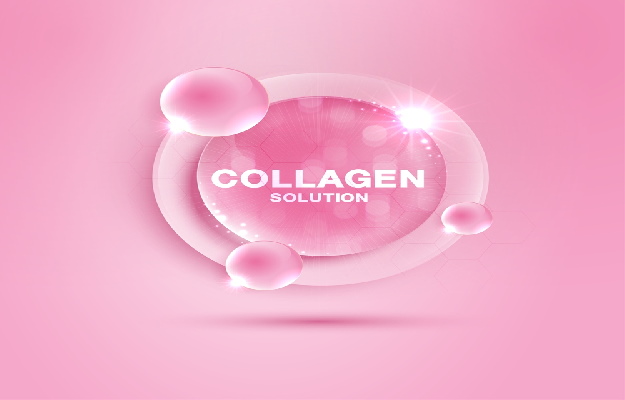Basic oral hygiene can be maintained by brushing regularly, cleaning the tongue, using a mouthwash and flossing for deep cleaning.
Brushing is the most common type of oral hygiene practice people indulge in. There are 9 types of brushing techniques that are recommended for different dental conditions. For instance, Fones technique is recommended for children whereas Modified Stillman’s technique is for people with the receded gum line.
Flossing is another most important aspect of complete oral hygiene. It is an efficient and harmless way of removing food stuck between your teeth. It has two methods of using, the spool method and the loop method.
Tongue scraping not only cleans the tongue but also prevents the chances of getting bad breath.
Mouthwashes are used for masking the bad breath and also decreasing the overall bacterial count in the mouth. There are two types of mouthwashes available in the market, cosmetic mouthwash and therapeutic (medicinal) mouthwash.










































